Burning issue: What now for homes built with dangerous fire safety deficiencies?

The scene of a fire which destroyed six houses in the Millford Manor Estate, Newbridge, Co Kildare in less than half an hour. Picture: Colin Keegan, Collins Dublin
FRANCES McNamara was having a lie down after work when her daughter Morgan woke her to say there was a fire in the estate. It was the afternoon of March 31, 2015. Across the green from the home which mother and daughter shared in Millfield Manor, a development of around 80 timber-frame houses in Newbridge, the blaze was rapidly spreading.
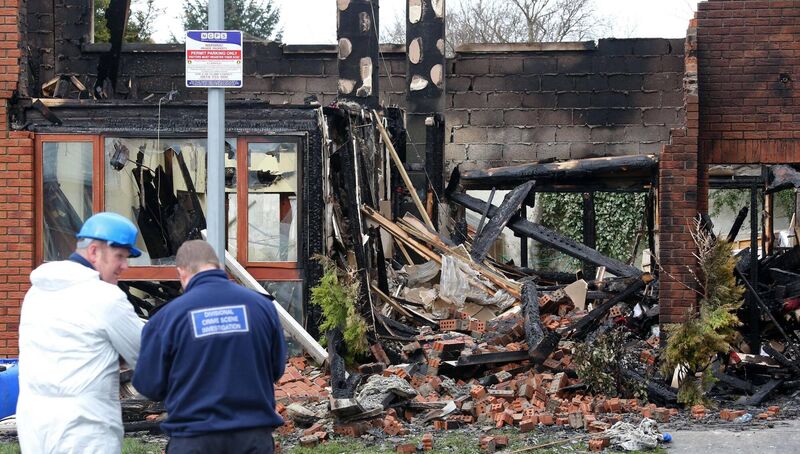
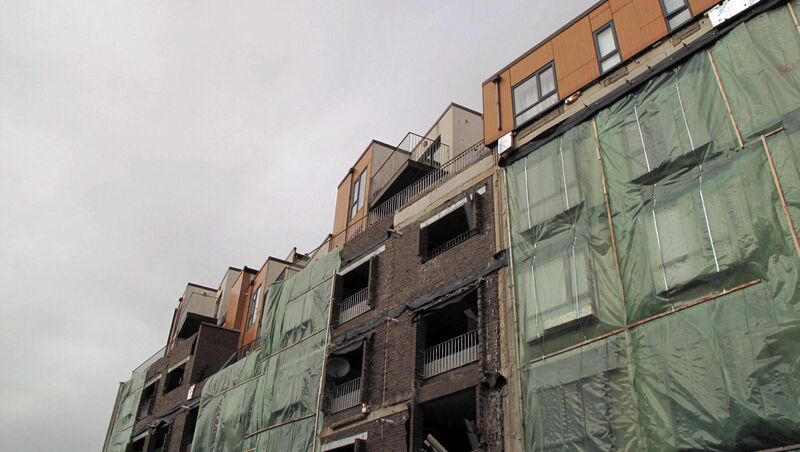
This was on foot of an application from Dublin Fire Brigade.
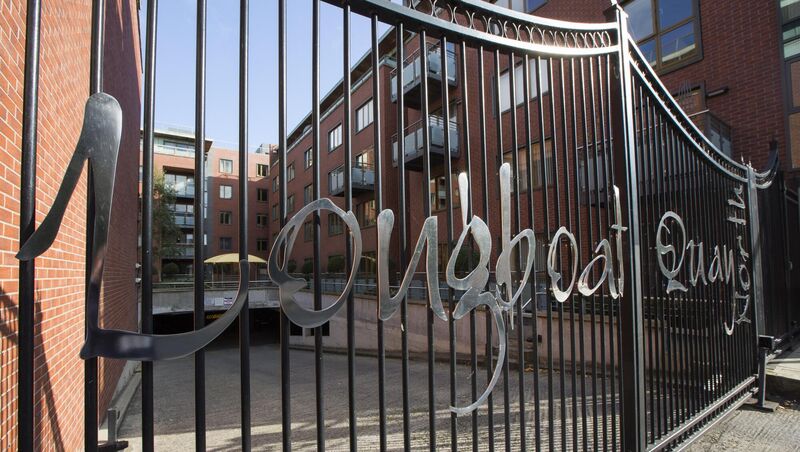
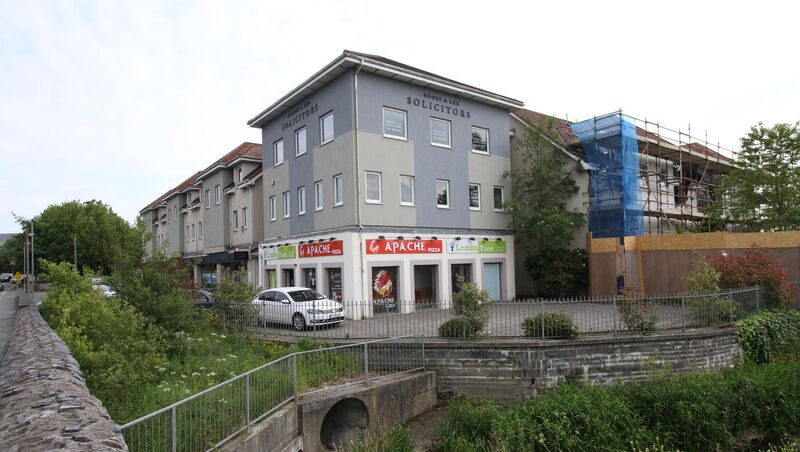
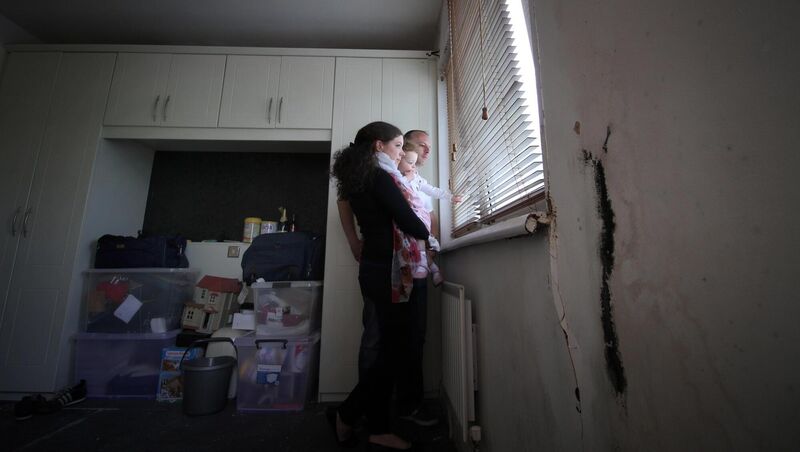
"The State has got rid of all responsibility and kept all of the authority. They can’t be sued for anything.
The road to reparation for homeowners who have been burned with fire safety defects has been torturous, and they are yet to end.
By 2017, with a constant trickle of stories about dangerous developments, the body politic kicked into action. The Oireachtas housing committee began hearings in fire safety and structural defects in 2017 and by the following January, it had produced a report, authored by the Sinn Féin housing spokesperson, Eoin Ó Broin.

The report, Safe As Houses?, made a number of recommendations including that a building standards and consumer protection agency be created “along the lines of the Food Safety Authority and Environmental Protection Agency” and that “the Government should establish a redress scheme to assist homeowners with latent defects”.
Safe As Houses? was the first official acknowledgement that a redress scheme was required.
However, that the recommendation emerged from an Oireachtas committee rather than the Government meant there was not much chance of it ever being established.
This was apparent in May 2019 when then housing minister Eoghan Murphy was asked about more and more stories of defective apartments coming into the public domain. He emphasised that it was nothing to do with the Government.
This, despite the reality that the lack of compliance was, to the greatest extent, down to a failure of inspections and regulation. Self-assessment was supposed to be reinforced with a strict and stringent inspection regime during the years of the building boom. That simply did not happen. At one point during those years, there were more dog licence inspectors than building inspectors active in the State.
The head-in-the-sand attitude from on high could not be sustained.
Following the general election in February 2020, protracted negotiations ensued to form a Government. In the end, Fianna Fáil, Fine Gael, and the Green Party got together. The Greens delegation in the talks was led by Catherine Martin, who, along with Eoin Ó Broin, had been the most prominent contributor to the Safe As Houses? report.
When the programme for government was published, it included a section dealing with the defects. The programme pledged to: “Examine the issue of defective housing in the first 12 months, having regard to the recommendations of the joint Oireachtas committee on housing report ‘Safe as Houses’.”
The Government was formed in June 2020. The new housing minister Darragh O’Brien met a delegation from the Construction Defects Alliance, a body formed by affected homeowners, the following month, and assured them that he was setting up a group to speedily examine the issue.

In October 2020, Mr O’Brien said in an interview that the working group was on the way, and the terms of reference would be “a really important step forward to making a reality of a programme for government commitment”. He also said he hoped to have recommendations from the group available to incorporate into the budget for October 2021.
The chair of the working group, Seamus Neely, former county manager in Donegal, was appointed the following month.
The other members were drawn from construction professional bodies and the public sector, with two places on the group for Ciara Holland from the Construction Defects Alliance and Des McCabe of the Apartment Owners Network.

The main issue for most of the homeowners was how exactly to fund the job of making their homes safe. In this respect, the draft terms of reference drawn up in October 2020 included “pursue options with stakeholders on possible financial solutions to effect a resolution”. This was in line with the terms of reference for the body set up to deal with the problems over pyrite in homes in the Leinster area.
Through the early months of 2021, the group met three times. The main item on the agenda was the crucial terms of reference. While the department was not officially represented on the group, the understands a senior official was present at all the meetings.
The main area of dispute was how exactly the remedial work would be paid for. In the end, terms were drawn up against the wishes of the homeowner representatives.
This effectively confines the routes to resolution to the issuing of low-cost loans. It is correct that this was included in the programme for government, but so was the Safe As Houses? report, which allowed for the establishment of a redress scheme. It appeared that the department was now moving to tighten the terms of reference in order to avoid any kind of redress scheme.
Ms Holland voiced her opposition to this about-turn.
In correspondence obtained under the Freedom of Information Act, she wrote to the chair to say she was disappointed at the wording of the crucial term of reference as the drafter term had “been perfectly acceptable for the pyrite panel’s work and having been proposed by the minister and the department last October”.
The documents show Ms Holland also forwarded a letter about her concerns to the minister on the same day — May 20. In it, she outlined what she and those she represents have been subjected to.
“I’m sure you’re well aware of how passionate I am about the innocent home-owner being saddled with the financial burden of remedying fire defects caused by the incompetence of others, of how disappointed and disgusted I am that developers are allowed to build defective homes and walk away.
How my two children slept in their beds in a fire defective home unbeknownst to me and when I did know worrying if I’d be able to reach them in the next room if there was a fire.
"How we had to dig deep and make sacrifices to pay the €16,250 to remedy the defects, to make the place we thought we were at our safest, safe. How I packed up our belongings, pushed our furniture into a corner, and left our home for two weeks to allow builders to pull it apart to fix it.
“How I’ve done everything I can to get justice for this and my developer held accountable; objected to his planning application, protested outside the courts, went to the media and finally joined this working group.”
The protracted dispute over the terms of reference now means in all likelihood that Mr O’Brien’s commitment to make provision for the group’s recommendations in October’s budget will not be met. The Construction Defects Alliance has made a pre-budget submission in which it appears to accept the deadline will not be met.
“The programme for government envisaged that the examination of the defects issue would be conducted within 12 months of the government coming to office — that 12 month period has now elapsed,” the submission states.
“Based on the progress made by the Working Group to date and the fact that it is only beginning to undertake the detailed process of assessing the nature and scale of the defects issue, it will clearly not have completed its mandate in time for its recommendations to be taken into account in the forthcoming budget.
"However, it is vitally important that Budget 2022 does contain measures to assist owner occupiers and social housing providers who have paid or are paying levies for remediating defects.”
Specifically, the group is looking for interim relief through tax credits for owner-occupiers who are paying or have already paid for remediation work. It also wants a Vat rebate for social housing providers, some of which have already had to divert large sums from the provision of new housing in order to undertake remedial work on apartments with defects. The total cost of the two measures is estimated at €7.3m in the financial year.
For homeowners living in dangerous dwellings through no fault of their own, the attempts to have their homes made safe continues to be a long, drawn-out process in which all those who bear responsibility for the scandal keep looking the other way.
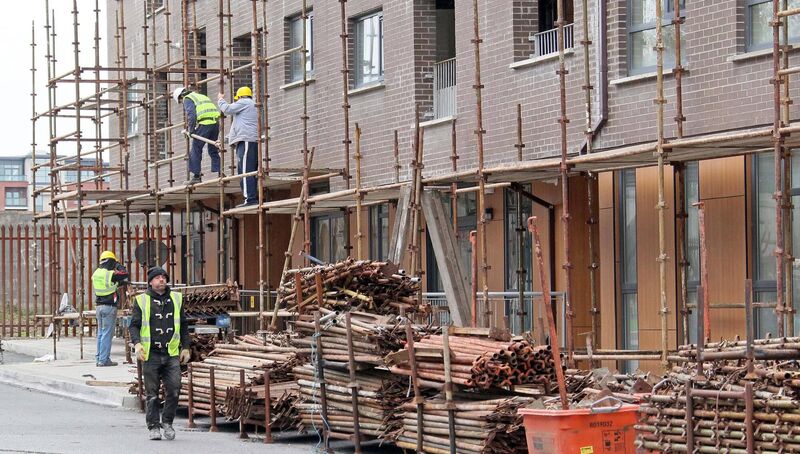
- Priory Hall, north Dublin: This was the first and most infamous case of fire safety defects in Celtic Tiger developments.
Built in 2007, the High Court ordered that it be evacuated over fire safety concerns in 2011. The development was rebuilt at a cost of €45m.
- Longboat Quay, Sir John Rogerson Quay, Dublin: Built by developer Bernard McNamara in 2006, the defects were first discovered in 2014 and first came into the public domain in February 2015 when reported on by the
An agreement to remediate the defects was arrived at in 2016, in which the cost was shared by Dublin City Council and the receiver for McNamara’s company at a cost of €3.1m.
- Riverwalk Court, Ratoath Co Meath: Built in 2002 by developer Michael Ryan’s Saltan Properties, the fire authority, Meath County Council, was first informed of problems in 2011 with fire stopping and the failure to build according to design for fire safety in the common areas.
It wasn’t until 2015 that efforts were made to have the issues addressed. The final cost of the defects and associated structural problems is understood to be over €1.5m.
- Bru Na Sionna, Shannon, Co Clare: The development of 12 blocks of apartments and townhouses was built between 2005 and 2007. By 2017, major defects were uncovered and fire marshalls installed to patrol the area. The owners were told that the cost for the remedial work would be on the order of €2.25m and they would have to pay for it on a pro rata basis.
Some of the owners are still in dispute with the management company over the amounts that they are expected to pay.
- Ath Lethan, Dundalk, Co Louth: Residents were told by the county’s fire officer in 2016 that the development would have to be evacuated if €1.4m in fire safety work was not carried out.
As with other developments, the issue was uncovered here when an engineer was doing a survey on behalf of a prospective purchaser. The developer, McGreevy Enterprises, engaged with the owners to address the issues.
- Verdemont, Blanchardstown, west Dublin: In May 2017, a fire took hold from a balcony barbecue that spread quickly and required the temporary evacuation of nearly 100 residents. Investigations showed that there were major fire safety defects in the building, including a lack of fire stopping material. The estimated cost for the 274 homeowners, and investors, was €50,000 each.
In 2002, a fire also occurred in the complex which was built the previous year. A young couple, Mick Farrell and Louise Wall, died in that fire. Defects were uncovered and commented on by the coroner, and a garda superintendent recommended a prosecution at the time, but the DPP decided there was insufficient evidence. The outcome did not lead to a proper survey of the development and the real issues remained hidden for another 15 years.
- Beacon South Quarter, south Dublin: Built in 2005 by developer Paddy Shovlin, the owners in the development of more than 800 apartments were told in 2017 that a bill of €10m would have to be paid to undertake fire safety works. Dublin Fire Brigade had been alerted to the deficiencies and following inspections warned the owners that they could face legal action and possible evacuation if the remedial work was not undertaken.














